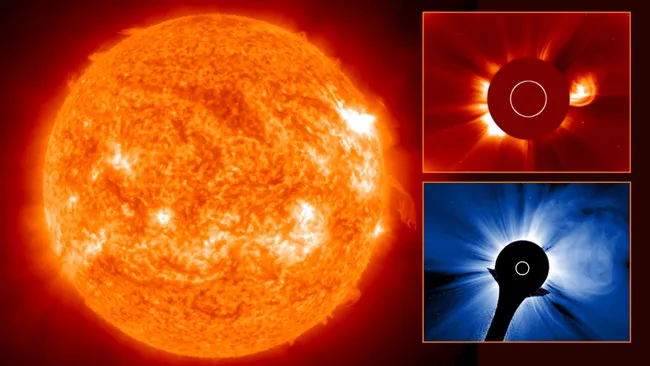The X4-class solar flare blasted from the sun on Nov. 14, marking the second-strongest eruption of 2025 and striking Earth with intense radio blackouts. This burst erupted from sunspot AR4274, the same region responsible for the X5 megaflare seen earlier this month. The flare peaked at 3:30 a.m. EST (0830 GMT), according to NOAA’s Space Weather Prediction Center.
The eruption triggered strong R3-level radio outages across the sunlit side of the planet, with central and eastern Africa dealing with the harshest impact. AR4274 now nears the sun’s western limb and will rotate out of sight soon, making this event feel like a final burst from one of Solar Cycle 25’s most active flare zones.
The eruption also came with a coronal mass ejection. Its position near the limb reduces the chance that the CME targets Earth directly, but forecasters still check coronagraph data to see whether the edge of the CME might graze the planet.
Solar flares follow a ranking that climbs from A to X, with each step increasing intensity tenfold. An X4-class solar flare ranks high in that scale. Unlike CMEs that hurl plasma into space, solar flares deliver electromagnetic energy that reaches Earth within minutes and can instantly disrupt long-distance radio communication.

